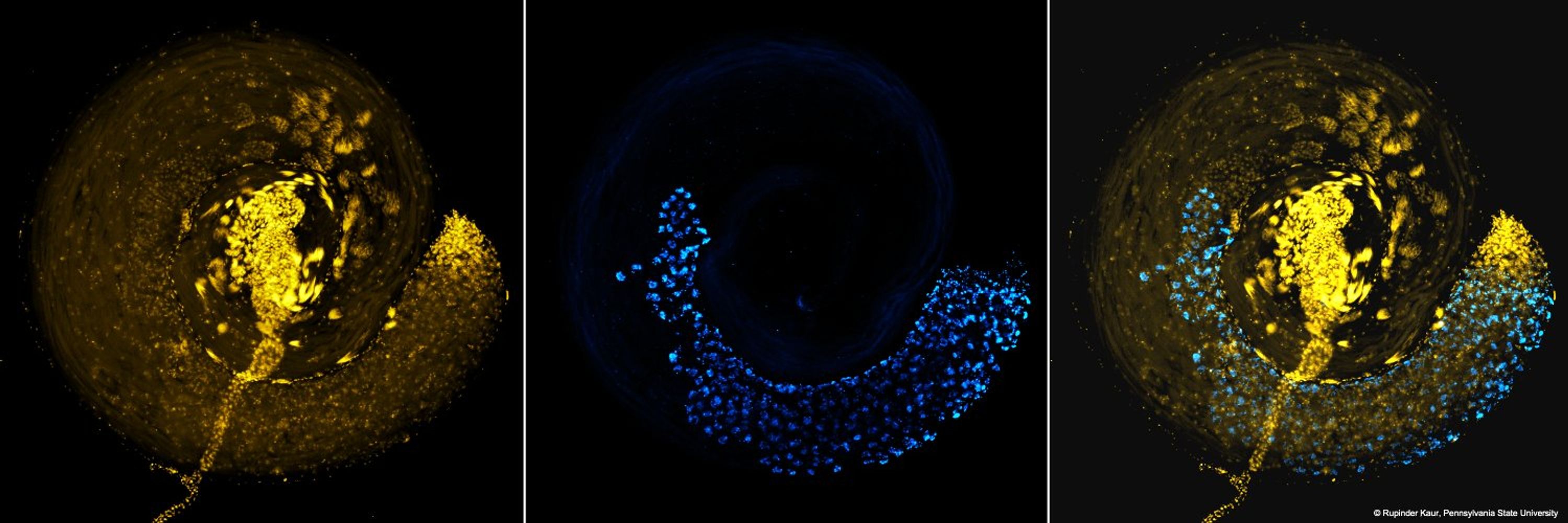Rupinder Kaur, PhD
@kaurr.bsky.social
540 followers
560 following
210 posts
#NewPI @UIC (Jan 2026)
Studying Host-Symbiont-Virus Interactions in 🪰 and 🦟
#Wolbachia #Spermatogenesis #Embryogenesis #ChromatinBiology #Epigenetics #Microscopy
She/her
Posts
Media
Videos
Starter Packs
Reposted by Rupinder Kaur, PhD
Reposted by Rupinder Kaur, PhD
Reposted by Rupinder Kaur, PhD
Reposted by Rupinder Kaur, PhD
Reposted by Rupinder Kaur, PhD
Reposted by Rupinder Kaur, PhD
Reposted by Rupinder Kaur, PhD
Reposted by Rupinder Kaur, PhD
Reposted by Rupinder Kaur, PhD
Reposted by Rupinder Kaur, PhD









